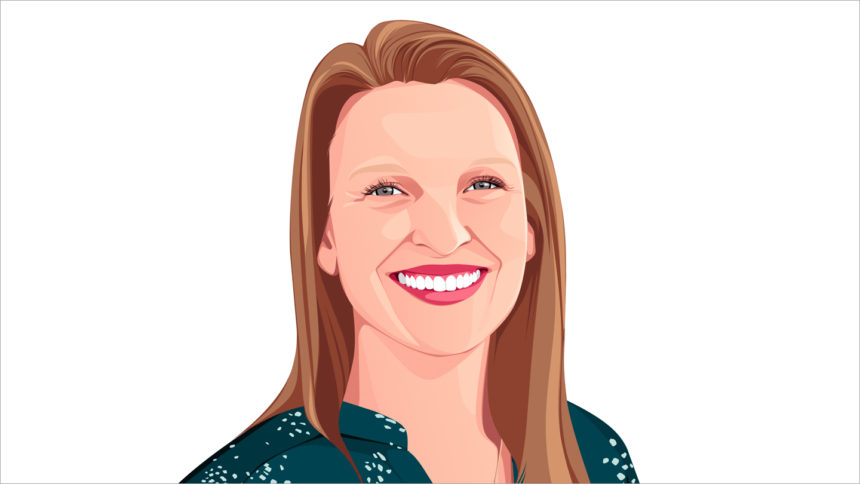Many Black Americans lack awareness about Alzheimer’s disease and strategies that might reduce risk, thanks in part to a long-standing taboo that can keep community members from talking freely about the ravages of dementia and how it changes beloved elders.
But researchers are working to better understand the barriers and develop effective and culturally sensitive strategies to address those disparities, a team at the highly regarded Regenstrief Institute announced last week.
Are any of you still with me?
Hard to gauge. If history reveals much about this topic (and similar coverage of other diseases), it’s that it often fails to grab the attention of frontline workers or nursing home leaders who very much need to recognize that patients come to them with vastly different knowledge and expectations.
It’s not that compassionate people in this sector don’t care. It’s more likely there’s too little time to focus on concerns that feel adjacent to daily work routines and pressures — or that it’s human nature to turn away from what feels too heavy to tackle easily.
Research and education that focuses on how nursing homes fare in treating minorities doesn’t seem to be a hot button issue, and it’s certainly not going to be solved in a single journal article or for-credit session.
But as our nation’s demographics shift, dementia is going to dominate medical and cultural decision-making. Racial disparities associated with the care of minority patients will move from the periphery and right into the middle of your admissions department and onto your units.
The fact that Black Americans are twice as likely to have dementia as their White peers makes the headline of a recent Health Professions Press blog all the more alarming. “Behind locked doors: segregation in memory care,” was focused more on the physical separation of residents with dementia and those without, and behaviors that may be a consequence of that separation, forced as it is through closed doors and coded locks.
But the fact is, if trends continue and financing improves, memory care units could become minority-majority — and in some rare parts of the US with rate add-ons for memory care, that may already be the case.
By 2060, the Centers for Disease Control and Prevention forecasts, minority populations will be most of the 14 million Americans affected by Alzheimer’s disease.
Would nursing homes be OK with shutting large numbers of non-White patients behind closed doors, allowing the optics of that to make them the de facto Jim Crow of healthcare?
Anne Ellet, author of the “segregation” blog, suggests the solution to more fair and better treatment is in embracing person-centered approaches for all residents with memory care needs, just as providers do with others in their charge.
Will ignoring that kind of advice lead more Black Americans to rely on family caregivers for relatives with dementia, even when those caregivers may be unequipped? Will the Centers for Medicare & Medicaid Services allow that trend to take shape, given its widely reiterated health-equity goals?
Providers I’ve come to know would likely say there’s no way this situation will become reality. But if they want to avert it, they have to start acting intentionally on that impulse, rather than brushing aside yet another report about inequities.
Those in the skilled nursing community must do more to understand the differences that race and socio-economic status have on patients’ lives, and develop programming that can make a difference.
Another study published this week found that the National Partnership to Improve Dementia Care in Nursing Homes led to a one-time, 1.29% decrease in schizophrenia diagnoses in nursing homes with an intermediate percentage of Black residents. It was a meager gain, but an important one for the patients who weren’t placed on unwarranted antipsychotics.
What else can be done? Let’s listen to the researchers behind the study who sent me down this path. They have solid ideas about how providers can work through cultural barriers.
“The Black Americans we surveyed and interviewed see themselves as playing an important role in keeping themselves healthy and supporting healthy aging. They want to do more and they want to have the tools to do so,” said Johanne Eliacin, PhD, who is affiliated with Regenstrief, the US Department of Veterans Affairs and the Indiana University School of Medicine.
“They are ready to play a role, but they need more education in terms of the breadth of activities that could help support a healthy brain. They also need additional support to facilitate access to resources so that they can engage in more activities for healthy brain support,” she added.
​​“They are eager to learn, but for messages on brain health to be well received and to have the biggest impact possible, we need to increase representation of minoritized groups in research and Black American community members have to be part of the decision-making process and the development of outreach programs.”
Kimberly Marselas is senior editor of McKnight’s Long-Term Care News.
Opinions expressed in McKnight’s Long-Term Care News columns are not necessarily those of McKnight’s.





